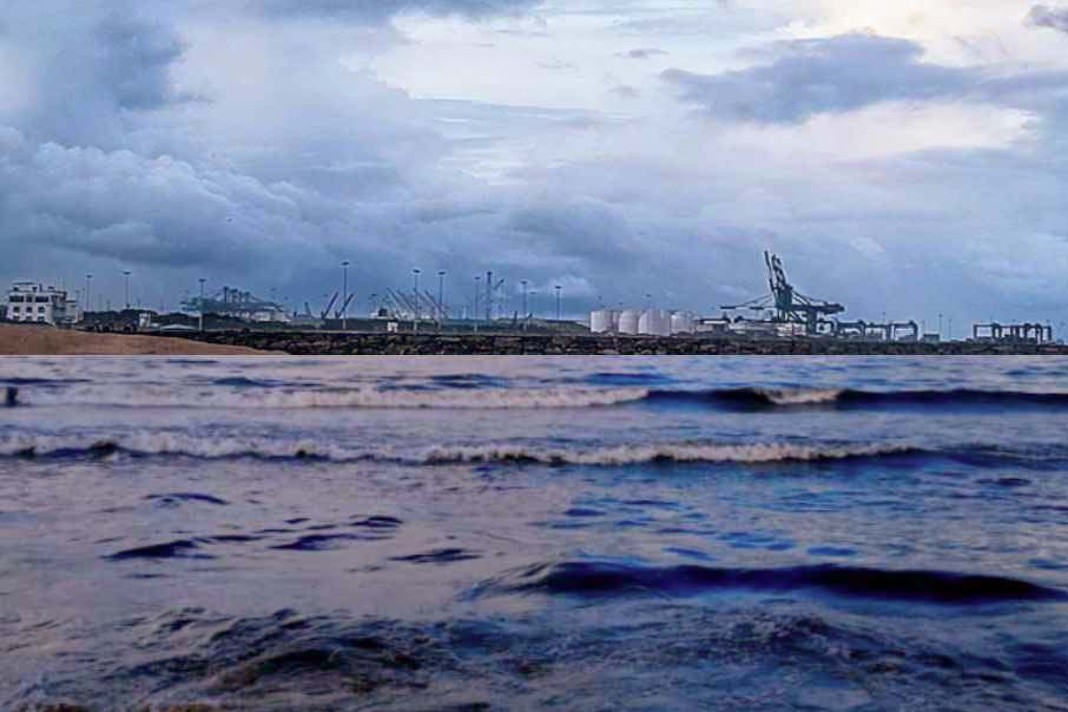The European Commission (EC) has awarded €22 million in co-funding to the Hansalink 3 project, an initiative specifically designed to enhance the vital maritime corridor connecting the Port of Helsinki in Finland and the German port of Lübeck-Travemünde. Of this total funding, the Port of Helsinki is set to receive approximately €12 million.
Key Developments and Objectives
The project aims to improve operational efficiency and align with European sustainability goals through several key developments:
- Onshore Power Supply (OPS) Systems: Installation of OPS systems compatible with Finnlines’ latest vessels. These systems, also known as “cold ironing” or shore power, allow ships to connect to the port’s electricity grid while at berth, turning off their auxiliary engines. This significantly reduces emissions (including CO2, NOx, SOx, and particulate matter) and noise pollution in the port area. Finnlines has been actively equipping its vessels, including the M/S Finnmaid, Finnstar, and Finnlady (RoPax vessels operating between Helsinki and Travemünde), with the technology to receive shore power.
- Automated Mooring Systems: Implementation of automated mooring systems at both ports. These systems enhance safety and efficiency during vessel docking and undocking procedures, reducing turnaround times.
- Digitalization and Streamlined Flows: The project will deploy digital tools and streamline both passenger and cargo flows within the port areas, contributing to overall operational efficiency and reduced complexity.
EU-Backed Cooperation and Funding
Hansalink 3 is a continuation of long-standing EU-backed cooperation between Helsinki and Lübeck-Travemünde, which first began in 2014. The initiative is co-financed under the Connecting Europe Facility (CEF), the European Union’s primary funding instrument for strategic transport projects. The significant EU support, with the European Commission having approved €22 million in co-funding (approximately €12 million for the Port of Helsinki’s portion), underscores the project’s importance to the wider European transport network and green transition objectives.
Vesa Marttinen, Vice President of Cargo at the Port of Helsinki, highlighted the critical role of this funding: “The significant EU support will enable measures in ports to improve the competitiveness of the Helsinki–Travemünde corridor and develop maritime transport in line with sustainable development goals.” He also expressed satisfaction with the close collaboration with the Lübeck Port Authority in developing a project that supports the unit cargo and passenger vessel fleet on this route, ultimately serving the needs of North European companies and consumers.
Did you subscribe to our Daily newsletter?
It’s Free! Click here to Subscribe!
Source: Container News


















